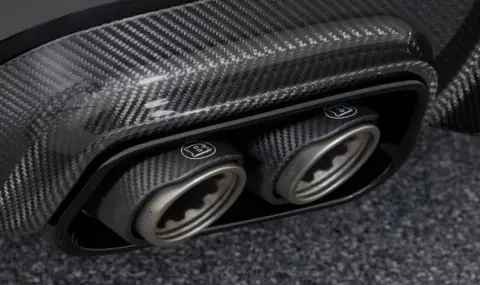Internal combustion engines that run on gasoline can produce a lot of energy, but they are surprisingly not very efficient. The fact is that most of the energy consumed (approximately three quarters) is lost as heat from the engine, which comes out through the exhaust pipe, writes Futurism.
So researchers have a logical question: what if it were possible to use some of this lost heat emissions to improve the efficiency of vehicles.
Now, a group of scientists claim to have created a device that can convert the heat of exhaust gases into electricity. The new device has a relatively simple design, so it can be mounted on the exhaust pipe of any car or even on the exhaust system of other vehicles, such as helicopters, for example.
According to the inventors, the prototype thermoelectric generator was able to produce a maximum output power of 40 watts, which is enough to power a light bulb. The scientists emphasize that such results have been obtained in limited experiments.
Thermoelectric generators work due to temperature differences. When one of these devices is placed next to or on something that produces heat, electrons are drawn from the hot side to the cold side, creating an electric current.
In this case, the researchers say, they used a bismuth telluride semiconductor to facilitate this process. The problem is maintaining the temperature difference. Without intervention, the cold part of the generator would also start to heat up and power would be lost.
However, the team used a clever but relatively simple radiator design that features a cylinder with fin-like protrusions that wrap around the exhaust pipe. This provides additional surface area for heat dissipation through forced convection.
While simulating a high-speed environment, the researchers found that their thermoelectric system could produce up to 56 watts of power while a car was moving. And in helicopters, that power was almost three times greater: 146 watts.
